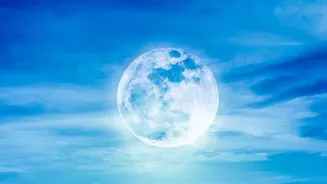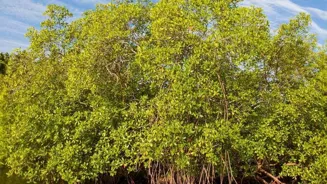Unraveling the Mysteries of Tides: Moon's Impact on Earth's Oceans. Dive into the celestial dance shaping our coastlines!
Chennai, India – Ever wondered why the sea comes in and goes out, almost like it's
breathing? This daily dance of the ocean, known as the tides, is a fascinating phenomenon largely controlled by our celestial neighbour, the Moon.
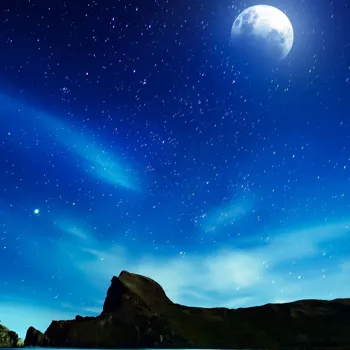
While the Sun also plays a role, the Moon's proximity to Earth makes it the primary conductor of this oceanic symphony.
Understanding the tides isn't just about knowing when to build your sandcastle higher; it's crucial for navigation, fishing, coastal management, and even predicting extreme weather events.
The Moon's gravitational pull causes high tides on Earth
The Moon's gravitational pull is the main actor in this oceanic drama. Gravity, as we know, is a force that attracts objects to each other. The larger the object and the closer it is, the stronger the pull. Now, even though the Sun is much bigger than the Moon, the Moon is much closer to Earth.
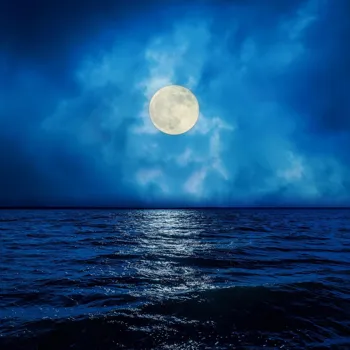
This proximity gives the Moon a significant advantage in exerting its gravitational influence, especially on something as fluid and responsive as water. So, the side of Earth facing the Moon experiences a stronger pull, causing the water to bulge outwards, creating a high tide.
Moon's gravity causes high tide on both sides of Earth
But here's the interesting part: there's also a high tide on the opposite side of the Earth, the side facing away from the Moon! This might seem counterintuitive, but it's because the Moon's gravity pulls the entire Earth towards it.
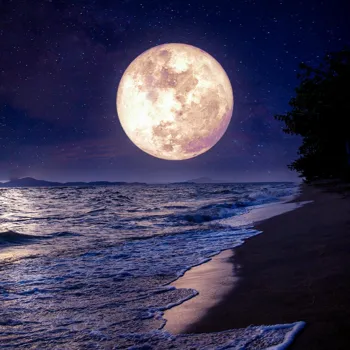
The water on the far side lags behind slightly, creating another bulge. Imagine squeezing a balloon – the side you squeeze bulges out, but so does the opposite side. This is similar to what happens with the Earth and its oceans due to the Moon's gravitational tug.
These bulges of water are what we experience as high tides.
Earth's rotation & Moon's orbit create regular high & low tides
Between these two high tide bulges, there are areas where the water is drawn away, creating low tides. As the Earth rotates, different locations pass through these bulges and troughs, experiencing the cyclical rise and fall of the tides.
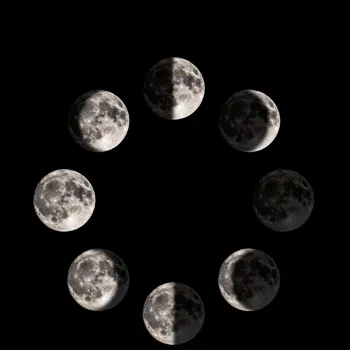
This rotation, combined with the Moon's orbit around the Earth, creates a regular pattern of high and low tides, typically occurring about twice a day.
However, the timing and height of these tides can vary significantly depending on a number of factors, including the shape of the coastline and the depth of the water.
Sun, Earth, Moon alignment affects tides greatly
The Sun also contributes to the tides, albeit to a lesser extent. When the Sun, Earth, and Moon are aligned – during a new moon or a full moon – their gravitational forces combine to create what are known as spring tides. These are the tides with the highest high tides and the lowest low tides.
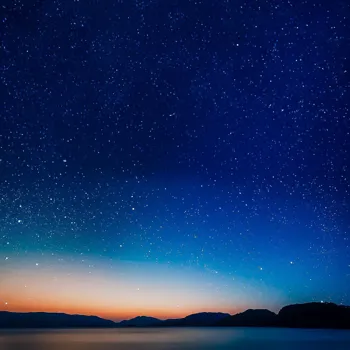
During the first and third quarter moon phases, when the Sun and Moon are at right angles to each other, their gravitational forces partially cancel each other out, resulting in neap tides. Neap tides have less extreme high and low tides.
Think of it as like doing tug of war, pulling from two different sources, one source being stronger than the source two.
Tides are crucial for marine life and coastal communities, impacting ecosystems and human activities
Tides play a vital role in marine ecosystems and understanding them is extremely important from the perspective of saving the country and the world. They influence the distribution of nutrients, the breeding cycles of marine animals, and the overall health of coastal habitats.
Many coastal communities rely on tidal patterns for fishing, navigation, and recreation. Furthermore, understanding tides is crucial for predicting and mitigating the impacts of coastal flooding and erosion, especially in the face of rising sea levels due to climate change.
So, next time you're at the beach, remember that the tide is not just about the water coming in and going out; it's a complex interplay of gravitational forces, celestial mechanics, and the Earth's own rotation, a captivating dance orchestrated by the Moon.
Tides crucial for fishing, shipping, and climate change effects
Understanding tides is super important for a lot of things. For fishermen, knowing when the tide is high or low helps them decide when and where to fish, because different fish come closer to the shore during high tide. For big ships, tides are also very important.
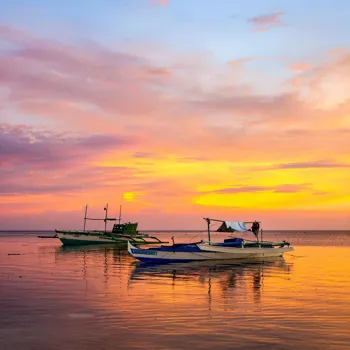
They need to know the tide levels so they don't get stuck or hit anything when they're entering or leaving ports. Also, with climate change causing the sea levels to rise, understanding tides helps us predict floods and protect our coastlines better.
Coastline shape and water depth influence tides greatly
The shape of the coastline and the depth of the water, also greatly affect the tides. In places where the coastline is narrow, the tides tend to be higher as the water squeezes through small passage ways. This is why some shorelines look so drastic compared to some calm shorelines.
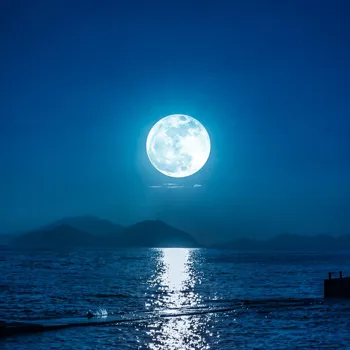
Also, in deep waters, the effect of moon will be more visible. Deep waters tend to have higher tides. Understanding these things gives us a better overall view of how tides work.
Tides vital for marine life & environment, moving nutrients
Tides are very important for the environment too. When the tide comes in and goes out, it moves nutrients around in the water. These nutrients are extremely significant for the marine life. Tides help clean up estuaries as well. Marine life depend on nutrients to grow and reproduce.
So tides become extremely important. People involved in coastal protection need to understand this as well.
Scientists research tides using tech for safer coastal living
Even now, scientists are still researching tides and learning new things almost daily. They use computers and satellites to model how tides will behave in the future. This knowledge can help cities and towns plan better for things like building sea walls or protecting coastal habitats.
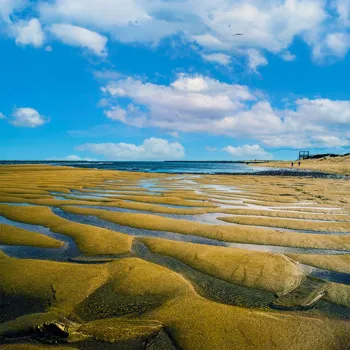
The use of advanced technology and the continued observation of tides ensures that many people are able to live in safer more equipped conditions on the seashore.
Tides show universal connection between moon, sun, Earth
Thinking about tides also shows us how everything in the universe is connected. The moon, the sun, and the Earth all work together to create this natural phenomenon. It's a very nice reminder of how we are connected to space around us.

We can see something so huge as the Ocean's daily movement and the moon. This relationship is so clear, and we are dependent on each other.
Traditional knowledge of tides shapes coastal life in India
In India, the tides have been observed and understood for centuries, with traditional knowledge guiding fishing and navigation practices. From the bustling ports of Mumbai and Chennai to the serene backwaters of Kerala, the rhythm of the tides is deeply woven into the fabric of coastal life.
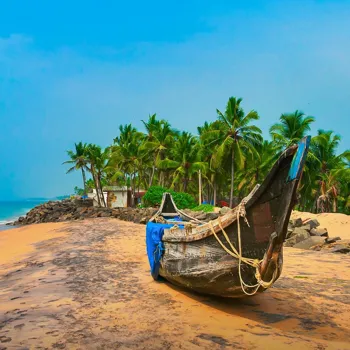
By combining traditional wisdom with modern scientific understanding, we can ensure the sustainable use and protection of our coastal resources for generations to come.
With such a significance, from trade to agriculture, the tides continue to be a huge part of understanding of coastal communities in India.
AI Generated Content. Glance/InMobi shall have no liability for the content